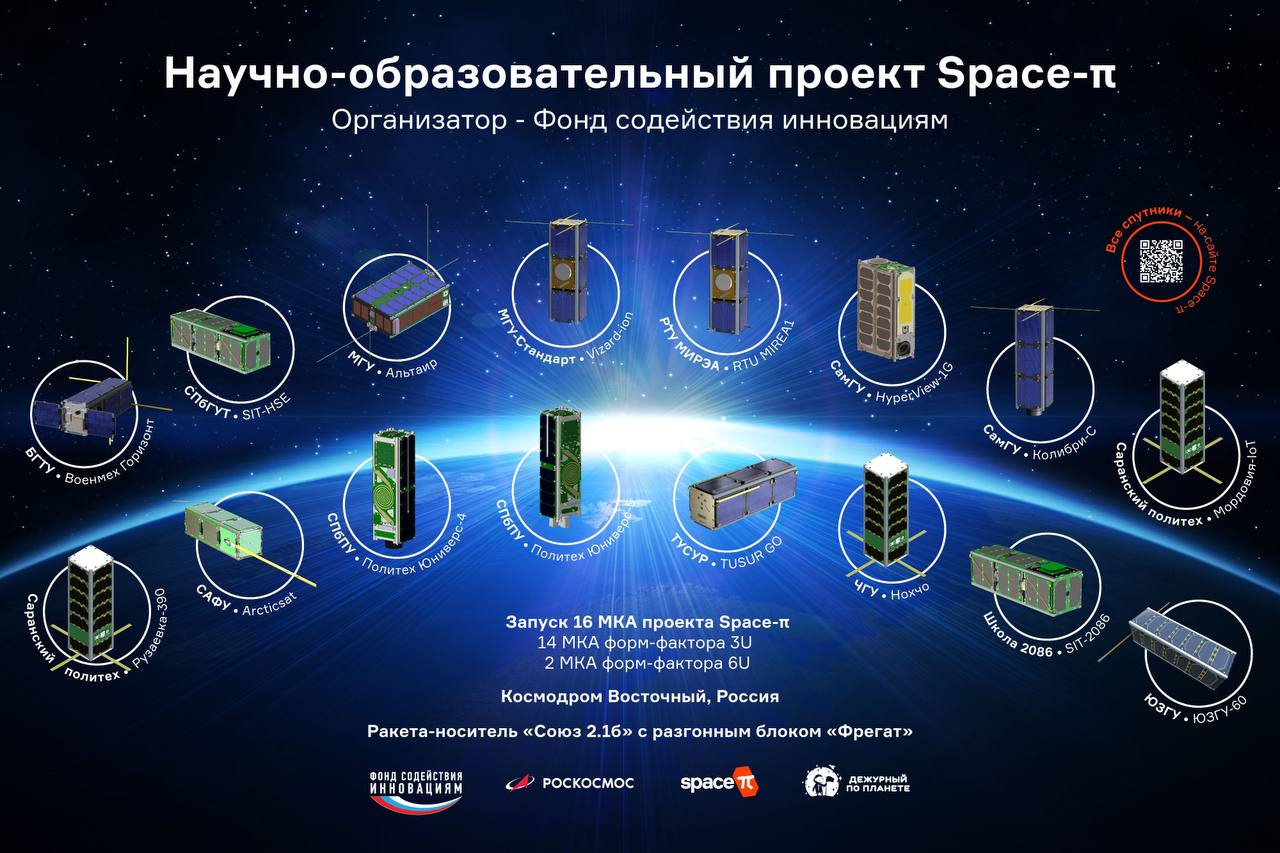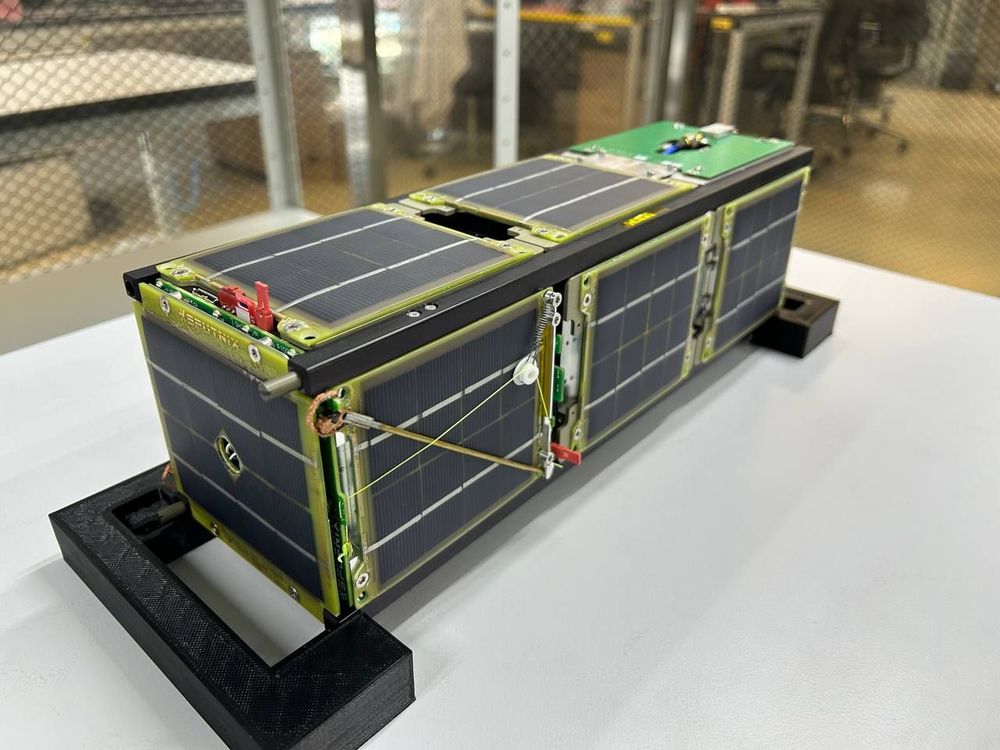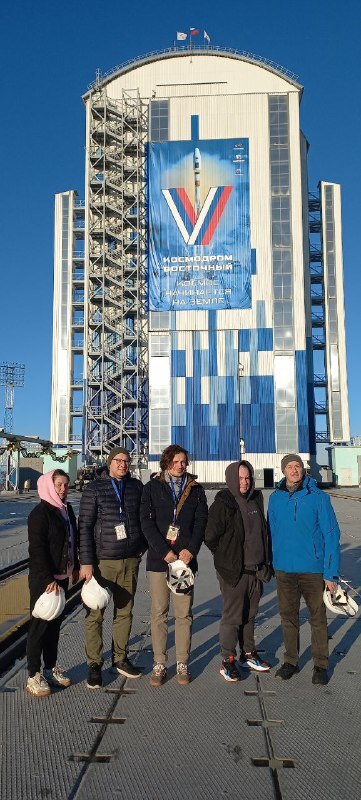At the Vostochny Cosmodrome, final preparations are underway for the pre-launch operations of the Ionosphere-M satellites No. 1 and No. 2. A few days ago, the Ionosphere-M spacecraft and 53 small satellites for a concurrent launch arrived at the cosmodrome, among which are 16 educational nanosatellites from Space-π.

Image: Space-Pi
The participants in the operations are discussing the details of the flight tests and the operation of the scientific instrumentation complex. The data from the latest checks conducted at Vostochny have been analyzed and confirm that the instruments are functioning properly. The small satellites and launch containers are undergoing electrical testing.
Among the auxiliary payloads for this launch will be the 6U nanosatellite Altair from the Skobeltsyn Institute of Nuclear Physics, Lomonosov Moscow State University (SINP MSU) and the 3U nanosatellite ArcticSat-1 from NARFU with a payload of SINP MSU.
Altair (image bellow) is a radiation monitoring spacecraft for near-Earth space, equipped with the DeKoR-3KM and DeKoR-2KM payloads (cosmic radiation detector), as well as MADIZ (matrix radiation detector).
Among the auxiliary payloads for this launch will be the 6U nanosatellite Altair from the Skobeltsyn Institute of Nuclear Physics, Lomonosov Moscow State University (SINP MSU) and the 3U nanosatellite ArcticSat-1 from NARFU with a payload of SINP MSU.
Altair (image bellow) is a radiation monitoring spacecraft for near-Earth space, equipped with the DeKoR-3KM and DeKoR-2KM payloads (cosmic radiation detector), as well as MADIZ (matrix radiation detector).

Image: the internal layout of the Altair satellite
The ArcticSat-1 nanosatellite (photo bellow), fitted with the DeKoR-2 cosmic radiation detector, is designed to detect X-ray photons and gamma quanta in the range from 0.05 to 1 MeV, as well as electrons with energies exceeding 300 keV. This advanced technology satellite will significantly enhance the monitoring of the space environment, enabling timely communication to operators about adverse conditions affecting satellite operation and anomalous telemetry values caused by various space factors.

Photo: ArcticSat-1 satellite
The upcoming launch, scheduled for November, will make a significant contribution to the advancement of scientific research in the field of space technologies.

